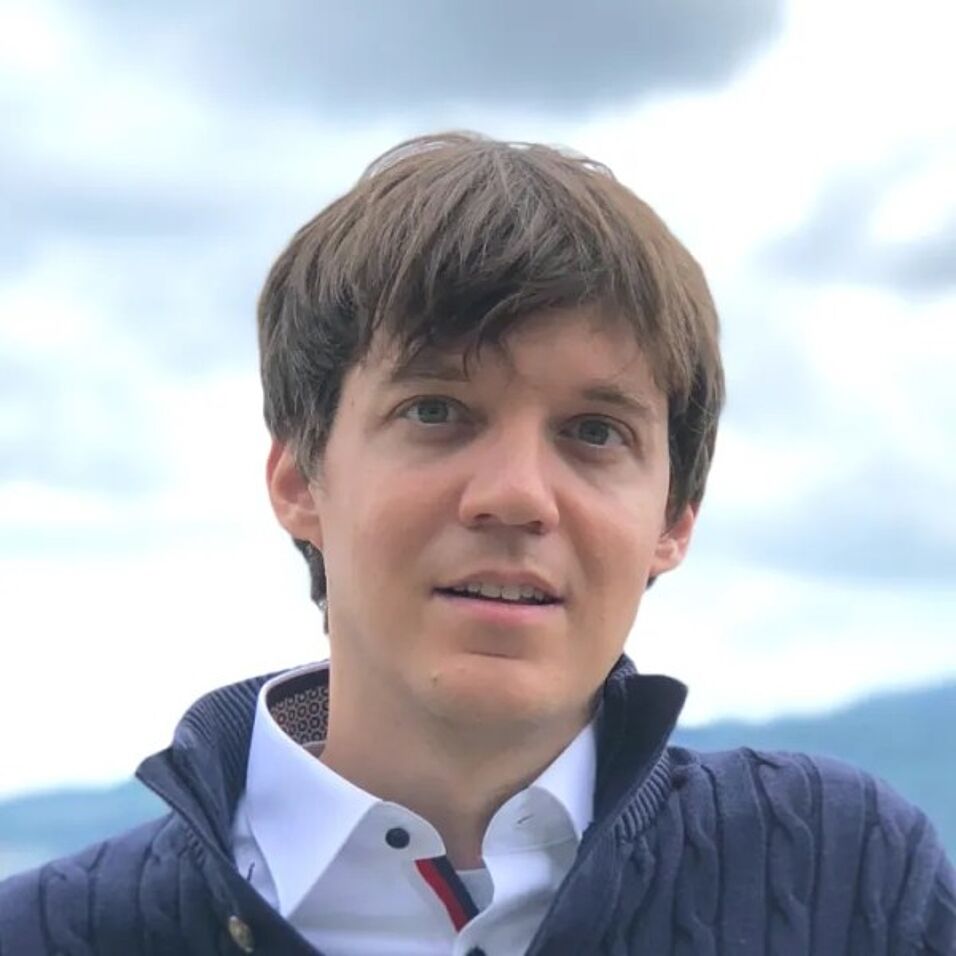INVITATION
to a TALK by
Peter Maurer
Ass. Prof. of Molecular Engineering in the Pritzker School of Molecular Engineering
University of Chicago
From diamond defects to protein-based qubit sensors
Wednesday, October 15th 2025, 13:00 h
Location: Ernst-Mach Lecture Hall, 2nd floor, Boltzmanngasse 5
Hosted by: Markus Arndt
Abstract:
Quantum metrology enables some of the world's most sensitive measurements with potentially far-reaching applications in the life sciences. Although the ultrahigh sensitivity of qubit sensors has sparked the imagination of researchers, implementing them in actual devices that enable monitoring cellular processes or detecting diseases remains largely elusive. Overcoming the limitations that hinder the broader application of quantum technology in the life sciences requires advances in both fundamental science and engineering. In this talk, I will discuss new strategies that combine quantum engineering and molecular biology to develop a new generation of quantum sensors that can be readily integrated with biological systems. My discussion will start with the development of a novel biocompatible surface functionalization architecture for highly coherent diamond crystals. I will then continue with discussing a new approach to engineering spin coherence in core-shell structured diamond particles, which can be readily chemically modified and delivered to intact biological systems. Finally, I will depart from established diamond sensors and introduce an entirely new class of biological qubits based on optically-addressable spins in fluorescent proteins. These protein-qubits have coherence times and optical readout comparable to solid-state defects, but are only 3 nm in diameter and genetically encodable. The unifying theme of these advances is the convergence of techniques from quantum engineering and molecular biology. Specific applications of the developed sensing platforms to questions in the life sciences will be discussed throughout this talk

